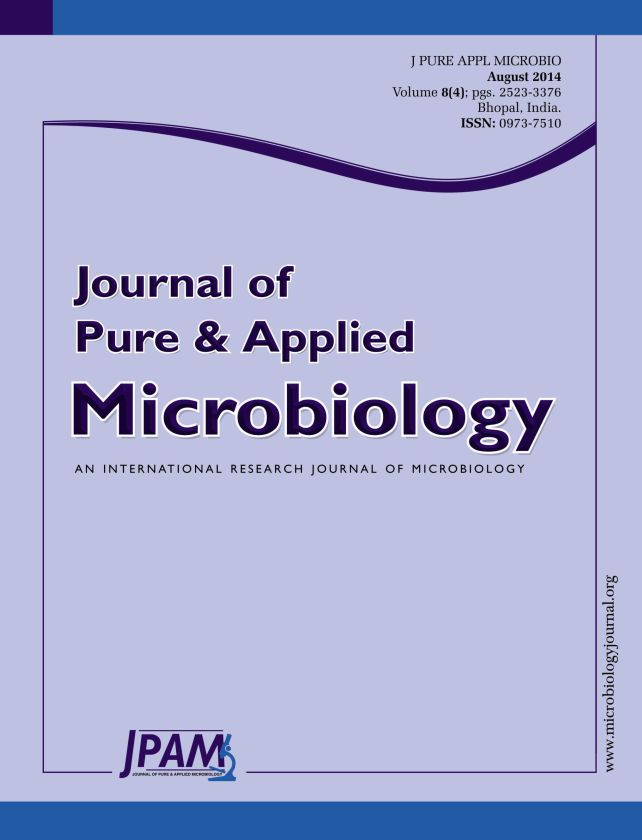In this paper, the mechanism of mixed bacteria (Fe2+ grown or pyrrhotite grown) leaching of pyrrhotite was investigated through the analysis of adsorption quantity, electrokinetic potential, contact angle, shock-flask bioleaching and leaching residue of mixed bacteria cultured with different materials. The results showed that pyrrhotite-grown mixed bacteria have stronger adsorptivity and biological oxidation ability; absorption of bacteria caused the isoelectric point of pyrrhotiteto shift towards the isoelectric point of bacteris, in which the isoelectric point shifted more for minerals treated with grown mixed bacteria than did with the other bacteria. Acid dissolution was in a dominant position at the preliminary stage of pyrrhotite leaching and bioleaching was gradually taking part into work as the mixed bacteria adsorbed. Throughout the process, relative enrichment of iron element will happen in the system, which resulted in increasing of electrokinetic potential of minerals. Meanwhile, iron element easily produced hydrophilic iron precipitates on surfaces of pyrrhotite, which caused the increase of the hydrophilicity and the decrease of contact angle. Bacterial leaching was indirectly influencing the pyrrhotite leaching, since the minerals were oxidized by Fe3+, which was produced by bacteria leaching in solution.
Pyrrhotite, Mixed bacteria, Leptospirillum ferriphillum, Acidithiobacillus ferrooxidans, Function mechanism
© The Author(s) 2014. Open Access. This article is distributed under the terms of the Creative Commons Attribution 4.0 International License which permits unrestricted use, sharing, distribution, and reproduction in any medium, provided you give appropriate credit to the original author(s) and the source, provide a link to the Creative Commons license, and indicate if changes were made.


